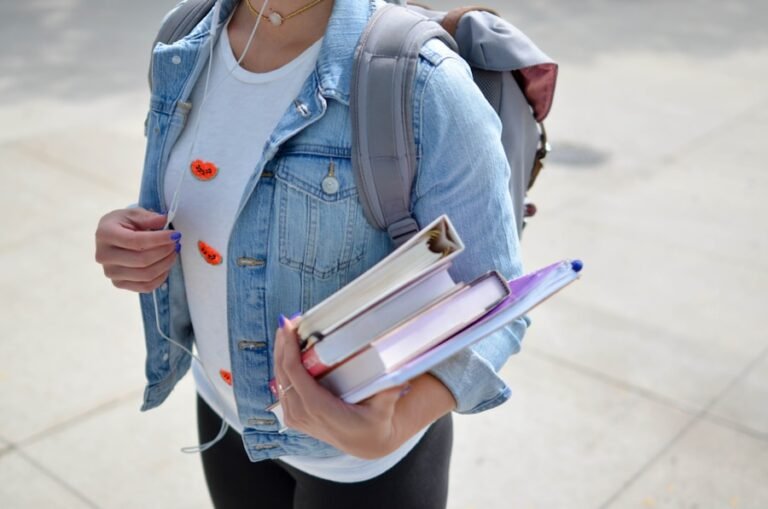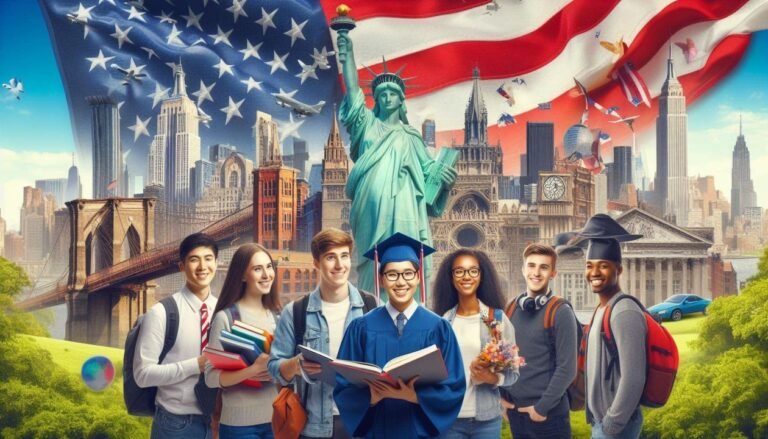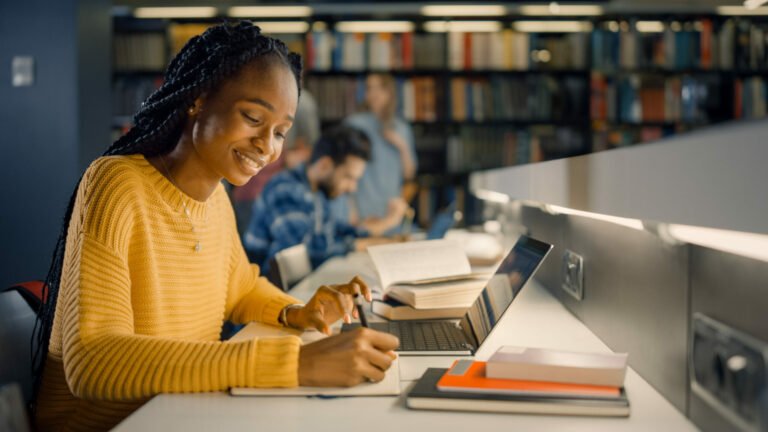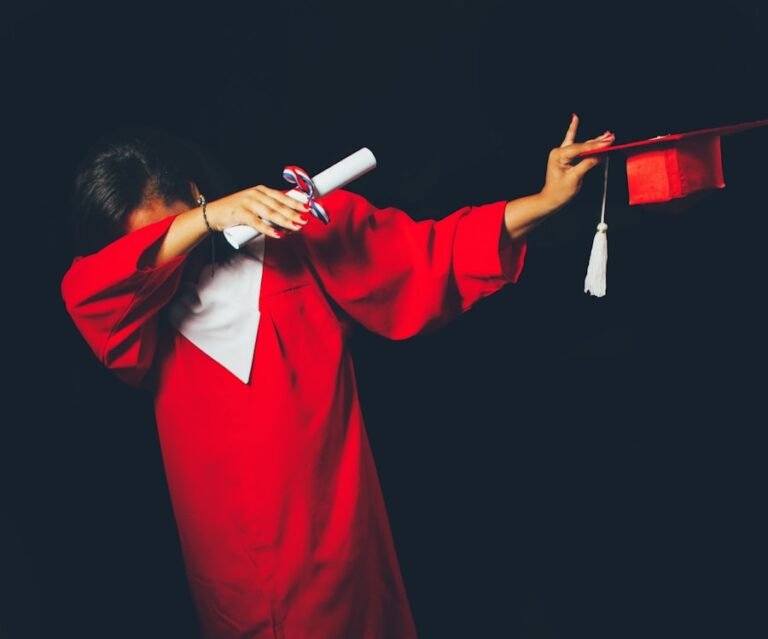The Ultimate Guide to US Student Visas
The process of obtaining a student visa to study in the United States can be complex and overwhelming for many international students. It is important to understand the different types of student visas available and the specific requirements for each. The most common type of student visa is the F-1 visa, which is for full-time students enrolled in an academic or language program. There is also the M-1 visa for vocational or non-academic programs. Understanding the specific requirements for each type of visa is crucial in order to ensure a smooth and successful application process.
In addition to understanding the different types of student visas, it is important to be aware of the necessary documentation and eligibility requirements. This may include proof of acceptance to a SEVP-certified school, evidence of financial support, and a valid passport. It is also important to be aware of any potential restrictions or limitations that may apply to your specific situation. By thoroughly understanding the student visa process, international students can better prepare themselves for the application process and increase their chances of success.
Choosing the Right School and Program
One of the most important steps in the student visa process is choosing the right school and program. It is essential to select a SEVP-certified school that is authorized to enroll international students and issue Form I-20, which is required for the visa application. When choosing a school, it is important to consider factors such as academic reputation, program offerings, location, and support services for international students. It is also important to carefully consider the specific program or course of study that you wish to pursue, as this will impact your eligibility for certain types of student visas.
In addition to choosing the right school and program, it is important to consider the potential impact on your visa application. For example, if you plan to change schools or programs after arriving in the United States, it is important to understand the specific regulations and requirements that may apply. By carefully considering these factors and making informed decisions, international students can increase their chances of obtaining a student visa and pursuing their academic goals in the United States.
Meeting the Financial Requirements
One of the most important aspects of the student visa process is demonstrating the ability to meet the financial requirements for studying in the United States. This may include providing evidence of sufficient funds to cover tuition, living expenses, and other costs associated with studying abroad. It is important to carefully consider the specific financial requirements for your chosen school and program, as these may vary depending on factors such as location and cost of living.
In addition to meeting the financial requirements for studying in the United States, it is important to be aware of any potential restrictions or limitations that may apply. For example, some student visas may have specific requirements for demonstrating financial support, such as a minimum bank balance or proof of income. By carefully planning and preparing for the financial aspects of studying abroad, international students can increase their chances of obtaining a student visa and pursuing their academic goals in the United States.
Completing the Visa Application
Once you have chosen a school and program and have met the financial requirements, the next step in the student visa process is completing the visa application. This may involve completing Form DS-160, paying the application fee, and scheduling an interview at a U.S. embassy or consulate. It is important to carefully review the specific requirements for your chosen type of student visa and ensure that all necessary documentation is provided.
In addition to completing the visa application, it is important to be aware of any potential restrictions or limitations that may apply. For example, some student visas may have specific requirements for demonstrating ties to your home country or intentions to return after completing your studies. By carefully preparing and submitting your visa application, international students can increase their chances of obtaining a student visa and pursuing their academic goals in the United States.
Attending the Visa Interview
One of the final steps in the student visa process is attending a visa interview at a U.S. embassy or consulate. This interview is an opportunity for consular officers to assess your eligibility for a student visa and ask questions about your intended course of study, financial support, and ties to your home country. It is important to be well-prepared for the interview and provide honest and accurate information in response to any questions that may be asked.
In addition to attending the visa interview, it is important to be aware of any potential restrictions or limitations that may apply. For example, some student visas may have specific requirements for demonstrating English language proficiency or academic preparedness. By carefully preparing for the visa interview and providing honest and accurate information, international students can increase their chances of obtaining a student visa and pursuing their academic goals in the United States.
Understanding Visa Regulations and Restrictions
After obtaining a student visa and arriving in the United States, it is important to understand the specific regulations and restrictions that may apply. This may include maintaining full-time enrollment, complying with any work restrictions, and adhering to any specific reporting requirements. It is important to carefully review and understand these regulations in order to maintain compliance with your visa status.
In addition to understanding visa regulations and restrictions, it is important to be aware of any potential consequences for non-compliance. This may include potential visa revocation, deportation, or other legal consequences. By carefully understanding and adhering to visa regulations and restrictions, international students can ensure a successful and fulfilling experience studying in the United States.
Adjusting to Student Life in the USA
Once you have obtained a student visa and arrived in the United States, it is important to adjust to student life in a new country. This may include adapting to a new academic environment, making new friends, and navigating cultural differences. It is important to take advantage of support services offered by your school and seek out opportunities to engage with other international students.
In addition to adjusting to student life in the United States, it is important to be aware of any potential challenges or obstacles that may arise. This may include homesickness, language barriers, or academic difficulties. By seeking out support and resources, international students can successfully navigate these challenges and make the most of their experience studying abroad in the United States.
Read Also: Navigating the Student Visa Process for the USA: Your Ultimate Guide
Conclusion
Obtaining a student visa to study in the United States can be a complex process with many steps and requirements. By understanding the specific requirements for each type of student visa, choosing the right school and program, meeting financial requirements, completing the visa application, attending the visa interview, understanding visa regulations and restrictions, and adjusting to student life in the USA, international students can increase their chances of success and pursue their academic goals in a new country. With careful planning and preparation, international students can make the most of their experience studying abroad in the United States.







